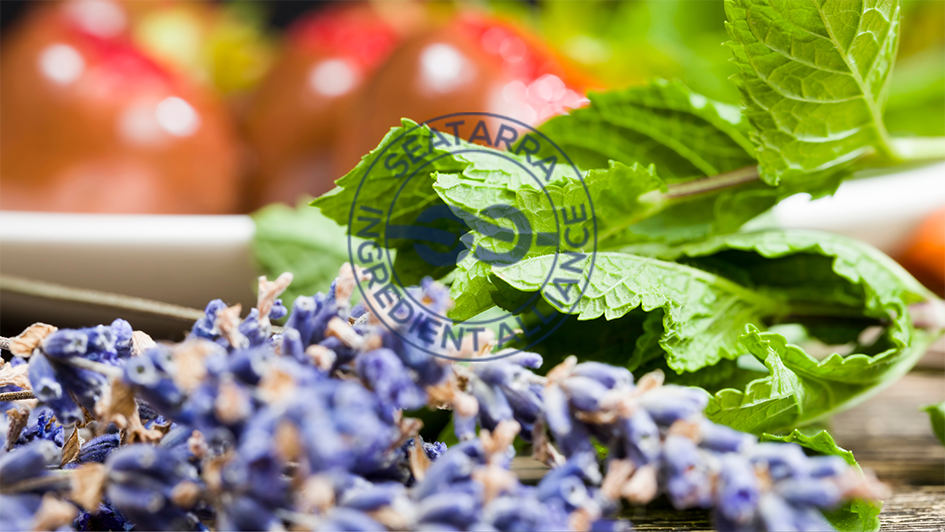
The Green Cure: How Herbs and Plants Offer Healing Beyond Medicine
In our fast-paced world, dominated by technological advancements and synthetic medicines, the gentle power of nature often fades into the background. Yet, amidst this modern landscape, the ancient wisdom of using herbs and plants for healing continues to offer profound health benefits, proving that nature holds effective solutions for many of our ailments. This exploration into the green cure reveals the remarkable ways in which botanicals can enhance our health, serving not just as supplements to modern medicine but as potent remedies in their own right.
The Essence of Phytotherapy
Phytotherapy, or the practice of using plants for their medicinal properties, is a tradition as old as humanity itself. From the herbal teas brewed by our ancestors to the complex plant-based compounds studied by scientists today, the use of botanicals for health and healing has been a constant throughout human history. This ancient practice, now supported by modern scientific research, highlights the effectiveness of plants in treating and preventing a myriad of health conditions.
Five Plants That Symbolize the Power of the Green Cure
1. Mint: A Breath of Freshness and Relief
Mint is far more than a simple ingredient for culinary delights or a natural breath freshener. It encompasses a wide variety of species, each with unique properties beneficial for digestive health. Mint leaves are renowned for their ability to soothe the stomach, alleviate symptoms of irritable bowel syndrome, and reduce digestive discomfort. The natural compounds in mint also offer pain relief and are believed to improve brain function, showcasing the herb’s versatility in promoting overall health.
2. Lavender: Serenity in Every Blossom
Lavender, with its distinct aroma and vibrant flowers, stands as a testament to the calming power of plants. Widely used in aromatherapy, lavender oil has been shown to reduce anxiety, improve sleep, and even mitigate the symptoms of depression. The soothing properties of lavender extend beyond mental health, offering analgesic and anti-inflammatory benefits that make it a holistic remedy for body and mind.
3. Ginger: The Root of Wellness
Ginger, a rhizome revered across cultures for its culinary and medicinal uses, is a powerhouse of anti-inflammatory and antioxidant effects. It’s particularly effective in combating nausea and vomiting, making it invaluable for those undergoing chemotherapy or experiencing morning sickness. Beyond digestive aid, ginger’s bioactive compounds have been linked to reduced risk of chronic diseases such as heart disease, dementia, and certain cancers.
4. Turmeric: The Golden Spice of Healing
Turmeric, characterized by its deep yellow color, is not just a staple spice in culinary traditions—it’s also a potent anti-inflammatory and antioxidant agent. Curcumin, the active compound in turmeric, has been extensively studied for its health benefits, including its potential to improve brain function, reduce heart disease risk, and alleviate symptoms of arthritis. Its role in preventing and potentially treating cancer highlights turmeric’s significant impact on health and longevity.
5. Ginkgo Biloba: A Living Fossil with Modern Benefits
Ginkgo biloba, one of the oldest living tree species, is renowned for its cognitive and circulatory benefits. Often used to enhance memory and concentration, Ginkgo has been found to improve blood flow and support brain health. Its antioxidant properties also protect against oxidative cell damage, making it a valuable ally in aging gracefully and maintaining overall health.
Integrating Nature’s Pharmacy into Modern Life
Embracing the green cure doesn’t necessitate forsaking modern medicine; rather, it involves incorporating the wisdom of nature into our health regimen. By integrating herbs like mint for digestion, lavender for stress relief, ginger for nausea, turmeric for inflammation, and Ginkgo biloba for cognitive health into our daily lives, we can harness the power of plants to complement and enhance our well-being.
The Scientific Backbone of Herbal Medicine
While traditional knowledge has long championed the benefits of plants, modern scientific research has begun to unravel the mechanisms behind their healing properties. Studies have validated the efficacy of various herbs and plants in treating specific health conditions, offering a fascinating glimpse into how natural compounds interact with our biological systems to promote healing.
Embracing the Future with the Wisdom of the Past
As we move forward, the integration of botanicals into healthcare signifies a return to holistic healing practices, blending the best of traditional wisdom and modern science. This green cure approach champions sustainability, efficacy, and harmony with nature, paving the way for a health paradigm that respects the body and the earth alike.
Conclusion
The journey through the green cure reveals the enduring power of nature’s pharmacy. In an age where synthetic medicines dominate, the simple, profound healing offered by herbs and plants serves as a reminder of the wisdom inherent in the natural world. By turning to botanicals, we not only find relief for our ailments but also reconnect with the ancient practices that have nurtured human health for millennia. The green cure stands not merely as an alternative but as a vital complement to modern medicine, offering a path to holistic health that is both effective and sustainable.



